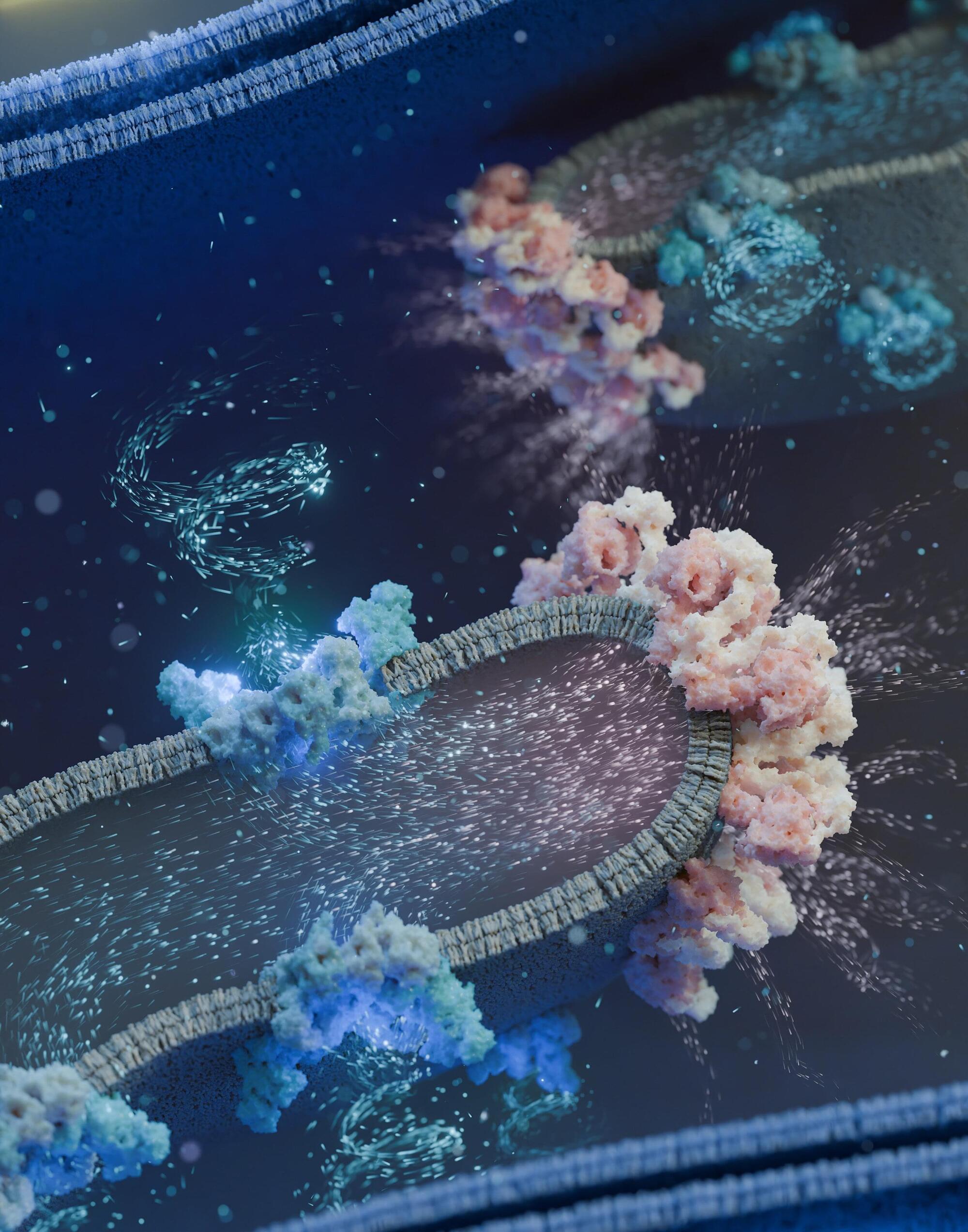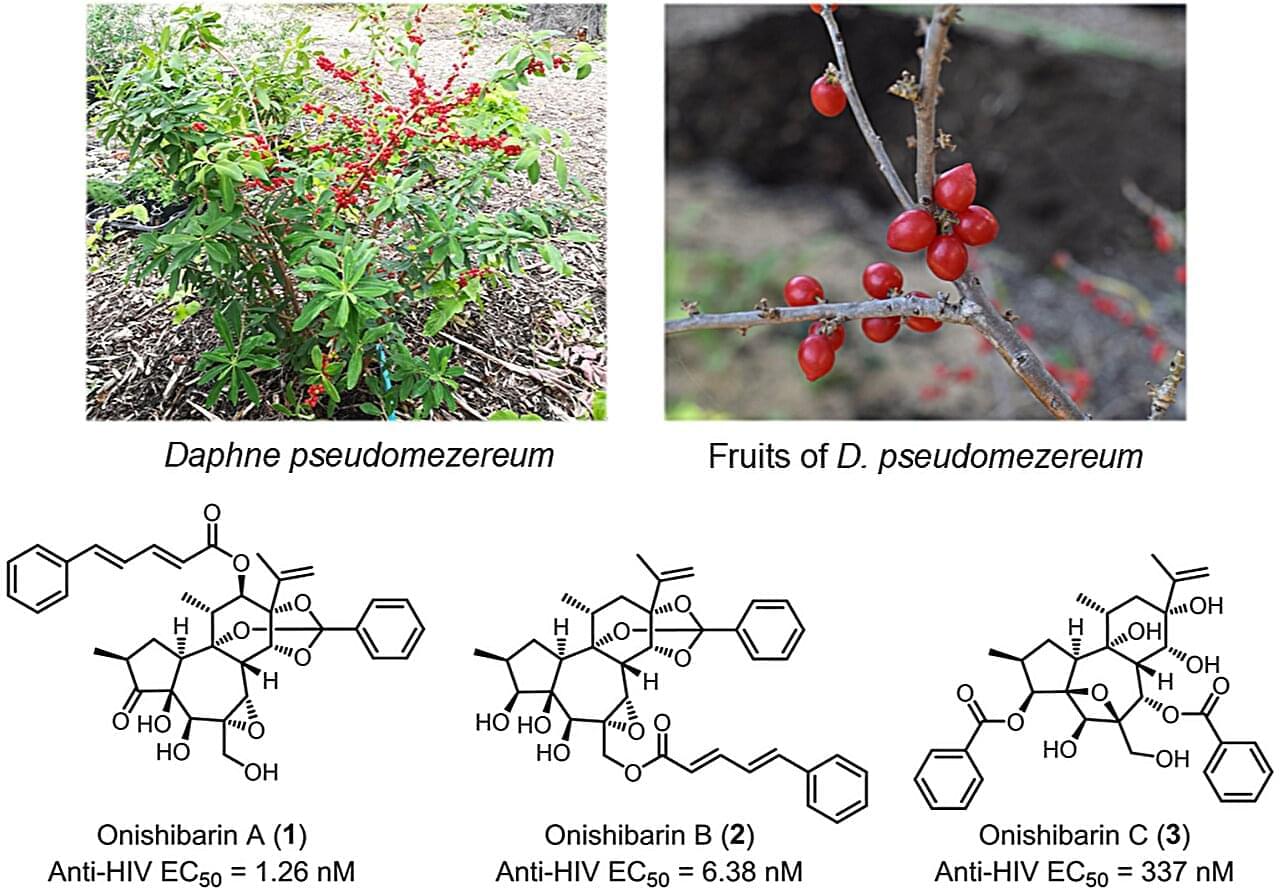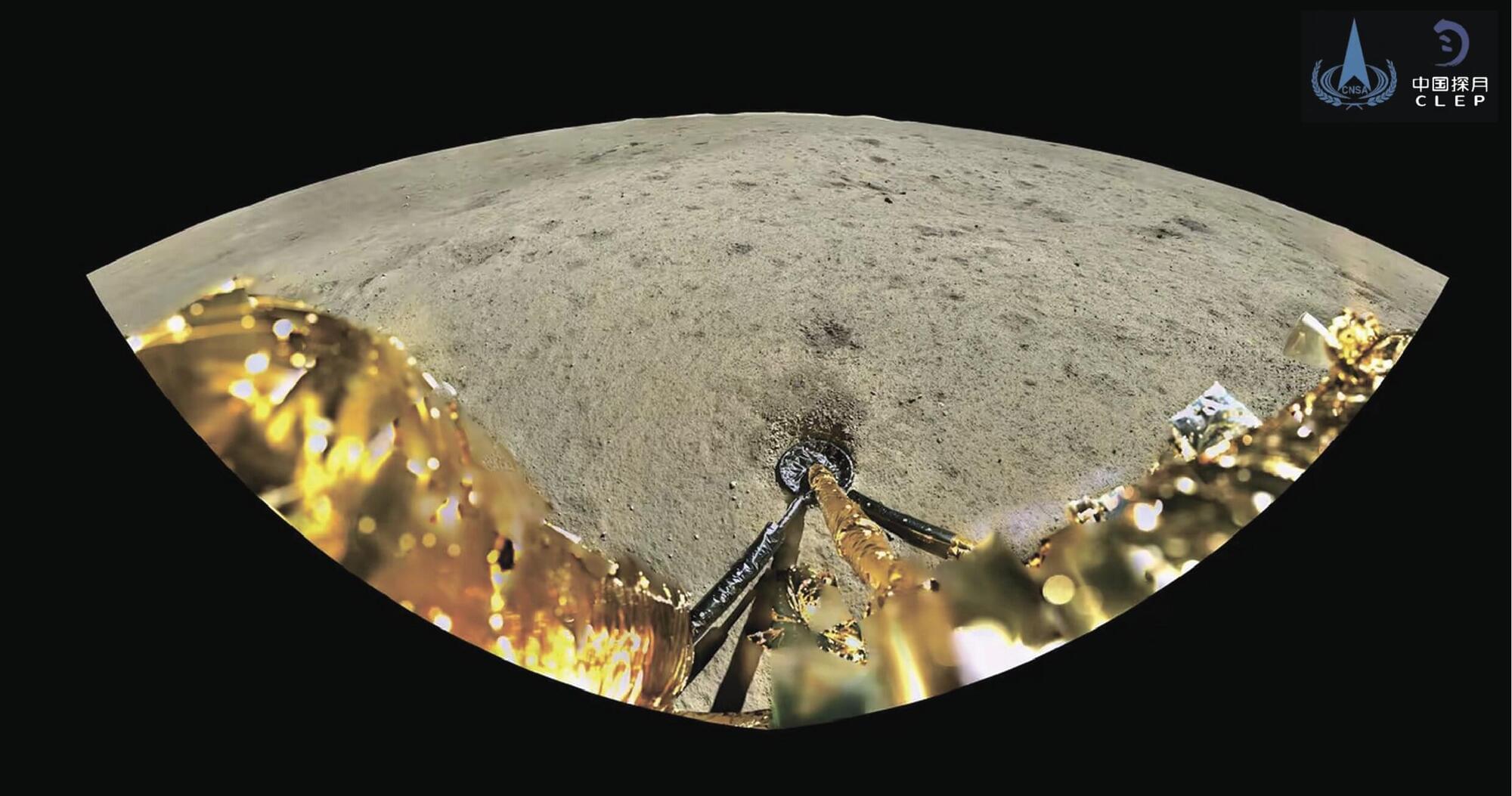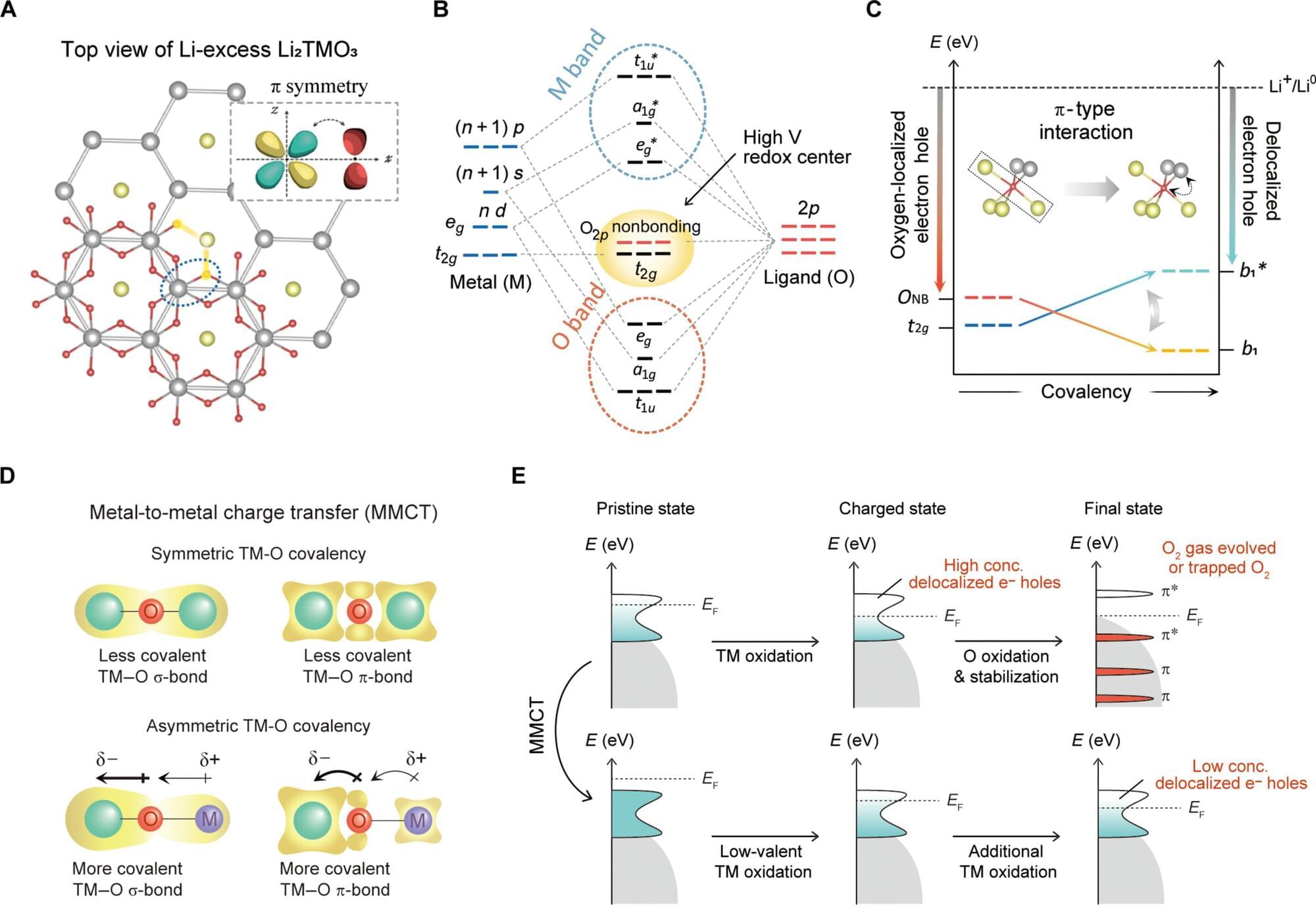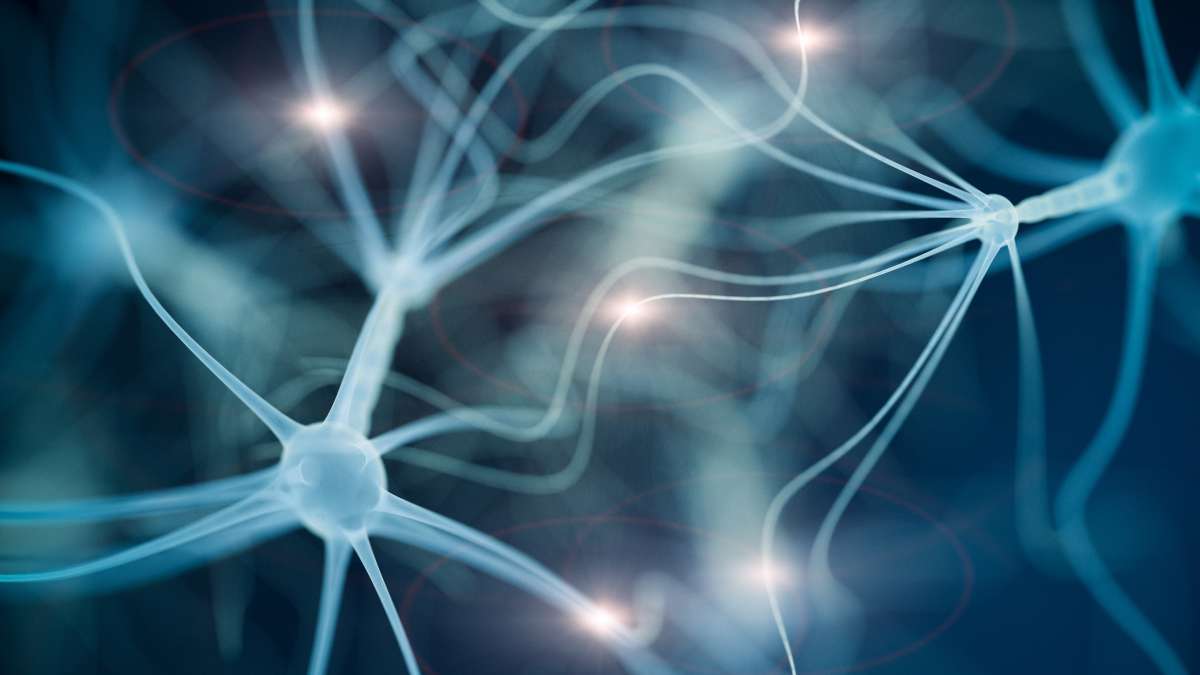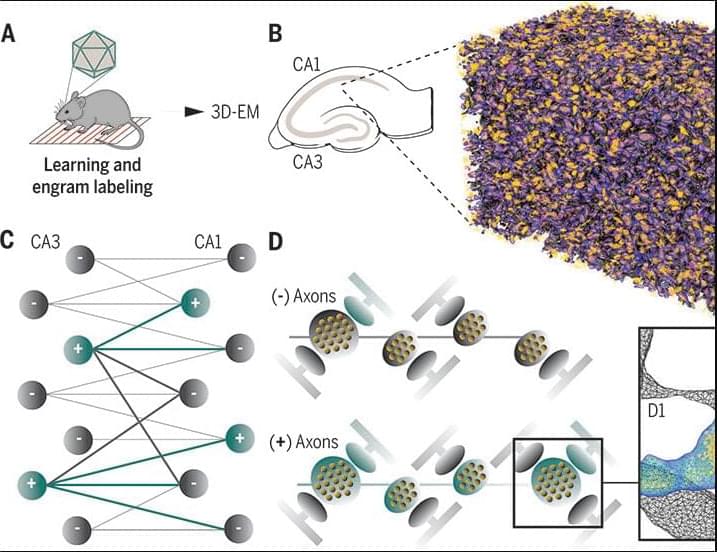Mitochondria are the powerhouses in our cells, producing the energy for all vital processes. Using cryo-electron tomography, researchers at the University of Basel, Switzerland, have now gained insight into the architecture of mitochondria at unprecedented resolution.
The results of the study are published in Science.
They discovered that the proteins responsible for energy generation assemble into large “supercomplexes,” which play a crucial role in providing the cell’s energy.
